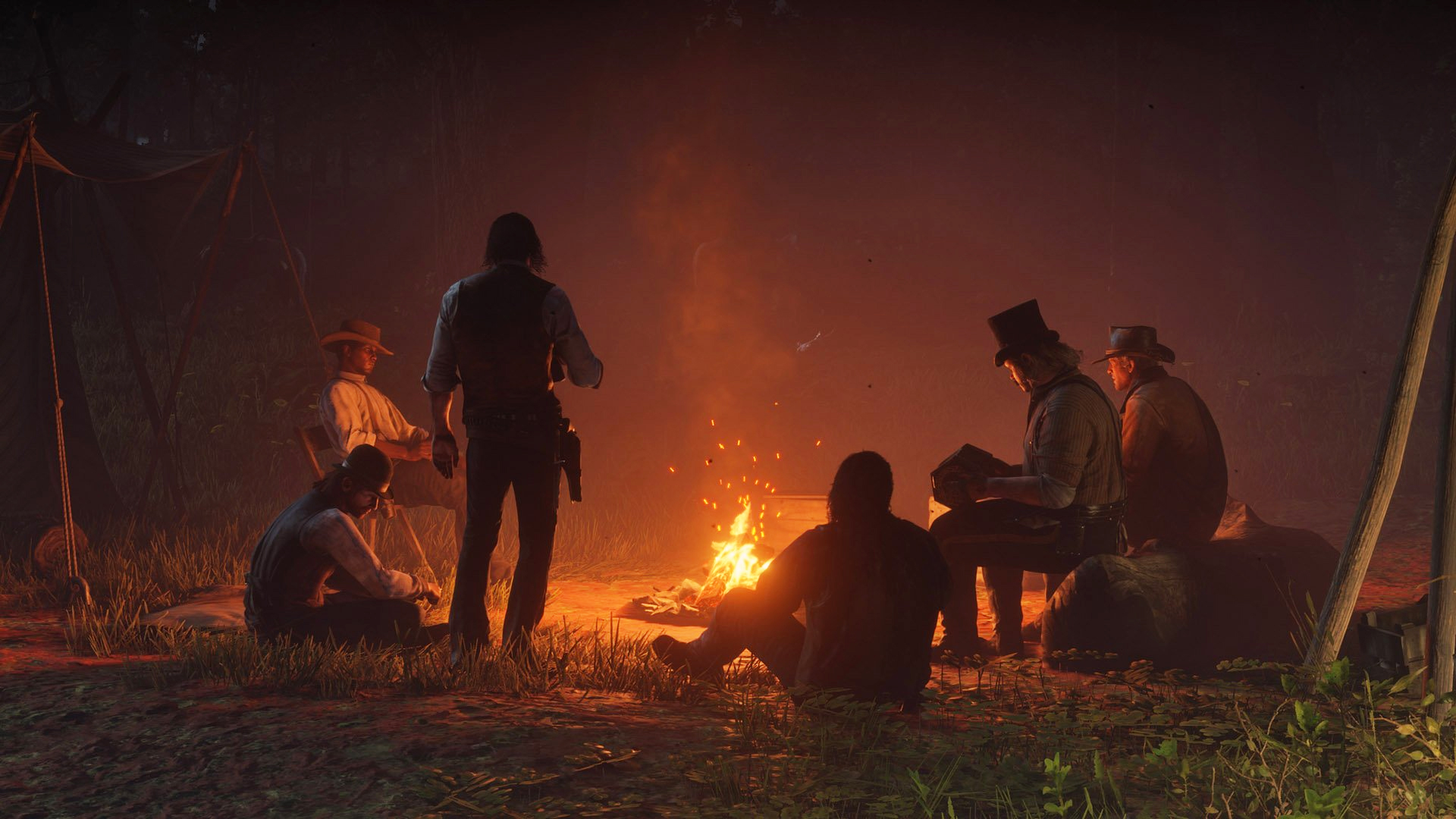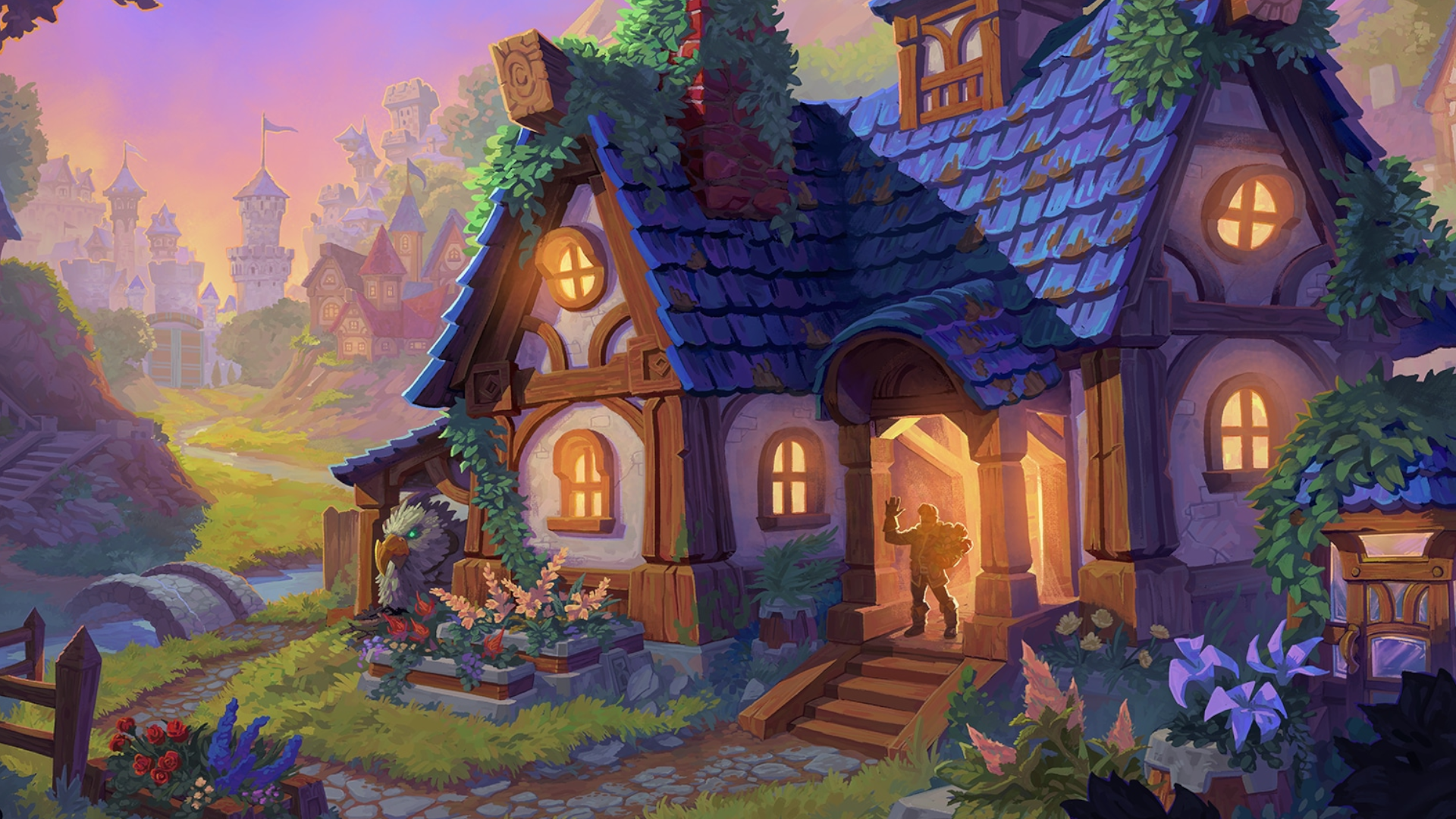
Justice for Monks.
A deep-dive into Baldur’s Gate 3’s classes was posted to the Dungeons & Dragons official channel yesterday, bringing good news for fans of elemental fisticuffs. Larian Studios’ lead systems designer Nick Pechenin sat down with Todd Kendrick, who assumes the dungeon masterly duties of video content for D&D, to cover the classes and subclasses included in Baldur’s Gate 3.
Touching upon the Way of the Four Elements monk subclass, Pechenin mentioned that they’ve “tweaked the Ki economy a little bit at higher levels to make sure that you never run out of juice as a monk”, which has huge benefits for the Way of the Four Elements subclass specifically.
For those without a background in pen and paper, the Way of the Four Elements monk—which I’ll start referring to as the ‘Elements monk’ so I don’t have to make you read that every time—has been something of a community punching bag since 5th edition’s Player’s Handbook released back in 2014.
In concept, it rules—allowing you to blend elemental strikes with martial arts like you’ve just strolled out of Avatar: The Last Airbender. It achieves this by giving monks access to “Disciplines”, which allow the monk to use its class resource—ki points—to cast flavourful spells. For example, the “Clench of the North Wind” discipline lets you burn ki points to cast Hold Person and bind a target in place.
(Image credit: Larian Studios)
In practice, this sucks—for two reasons. Firstly, few of these options are better than just using your turn to punch stuff. Take Clench of the North Wind for example. That eats up your entire action and three ki points to potentially inflict the “paralysed” condition on someone. If they succeed on the saving throw, nothing happens and you’ve wasted your turn.
Alternatively, you could spend two ki points to attack a few times and have a chance of inflicting the “stunned” condition with “Stunning Strike”. It’s less powerful, sure, but you don’t need to maintain “concentration” (which can break any time you take damage) you still get to hit things, and if your foe resists you can pump more ki into your other attacks to try again. Oh, and Hold Person only works on humanoids, Stunning Strike works on anything not immune to the stun condition.
The second reason is that these pseudo-spells cost way too many ki points. The Way of Shadow lets you spend a breezy two points to cast powerful utility spells like Pass Without Trace or Silence, and the Way of the Open Hand lets you try to push people around, knock them prone, or remove your enemies’ ability to take reactions for a whole turn—all for free, as long as you spend ki points to use “Flurry of Blows”, which Monks do a ton anyway.
This means the Elements monk spends more ki than its cousins for less powerful abilities. Fortunately, the version we’re getting in Baldur’s Gate 3 is bound to be far more powerful than its tabletop sibling. Punch wizards rejoice!
The interview also covered a few other juicy details: Druid’s wild shape has been tinkered with to ensure it scales well into the late game. It’s a similar story with the Beastmaster Ranger, whose pets grow in strength and even appearance.
Another surprising twist comes from the Oathbreaker Paladin, a subclass only unlocked by violating the tenets of your Paladin “Oath”. Let evildoers go unpunished as a Vengeance Paladin? You’re an Oathbreaker. Kick a puppy as a Devotion Paladin? You’re an Oathbreaker. Burn down a tree as an Ancients Paladin? Oathbreaker jail, do pass go, do not collect 200 gold pieces.
We knew all of this already, but Pechenin revealed breaking your Oath will block you off from respeccing your character like normal, noting that the team had been asking themselves: “Are we just gonna allow players to respec out of being an Oathbreaker? Which, of course, we can’t possibly do. So you have to atone for your sins before you respec.”
It looks like there’ve been tweaks all around—turning Baldur’s Gate 3 from a carbon copy of the 5th edition ruleset into Larian’s own homebrew campaign. I for one am glad that the Elements monk is getting justice at last, especially after watching it gather dust in the forgotten pages of my Player’s Handbook for nearly a decade, and I’m really curious to see what other changes Larian’s made to a system close to my heart.






